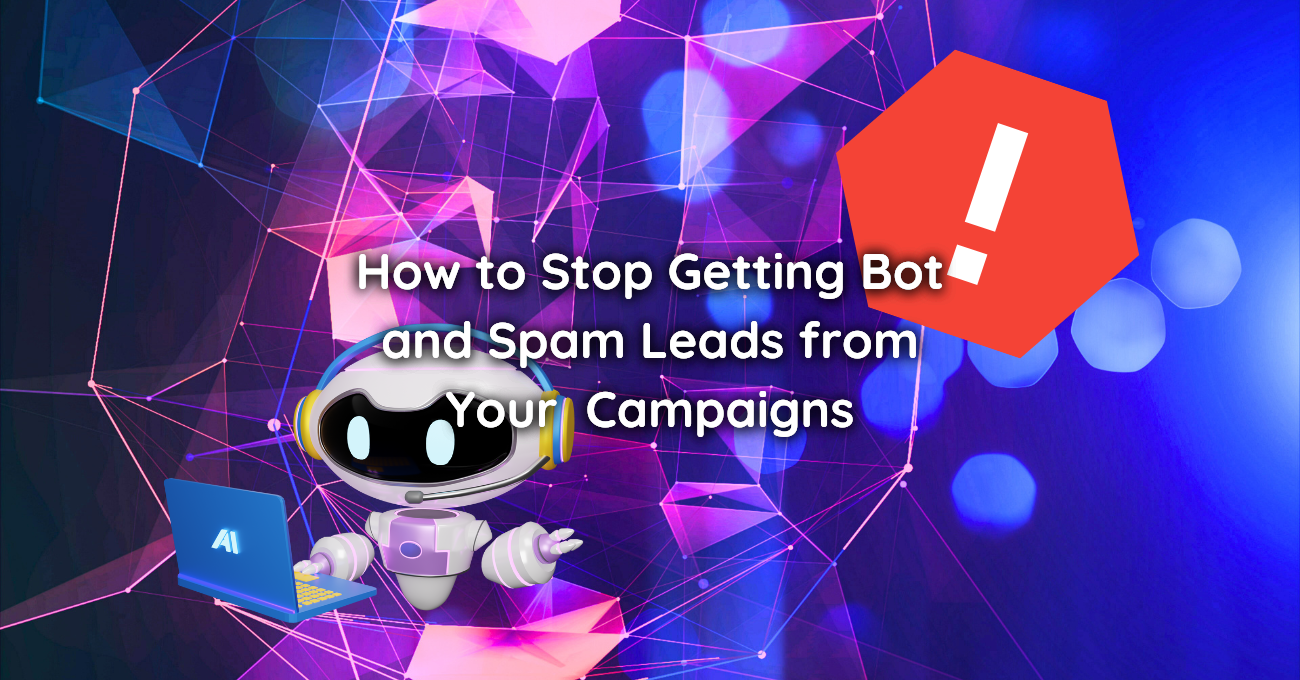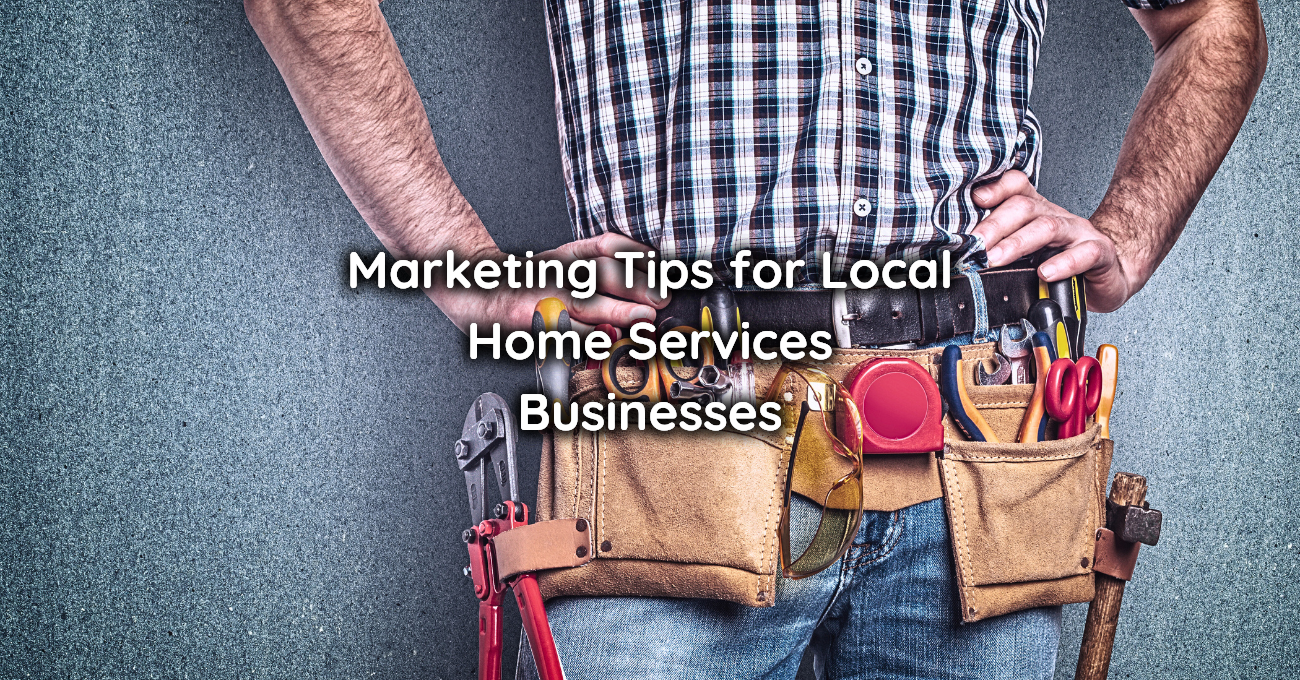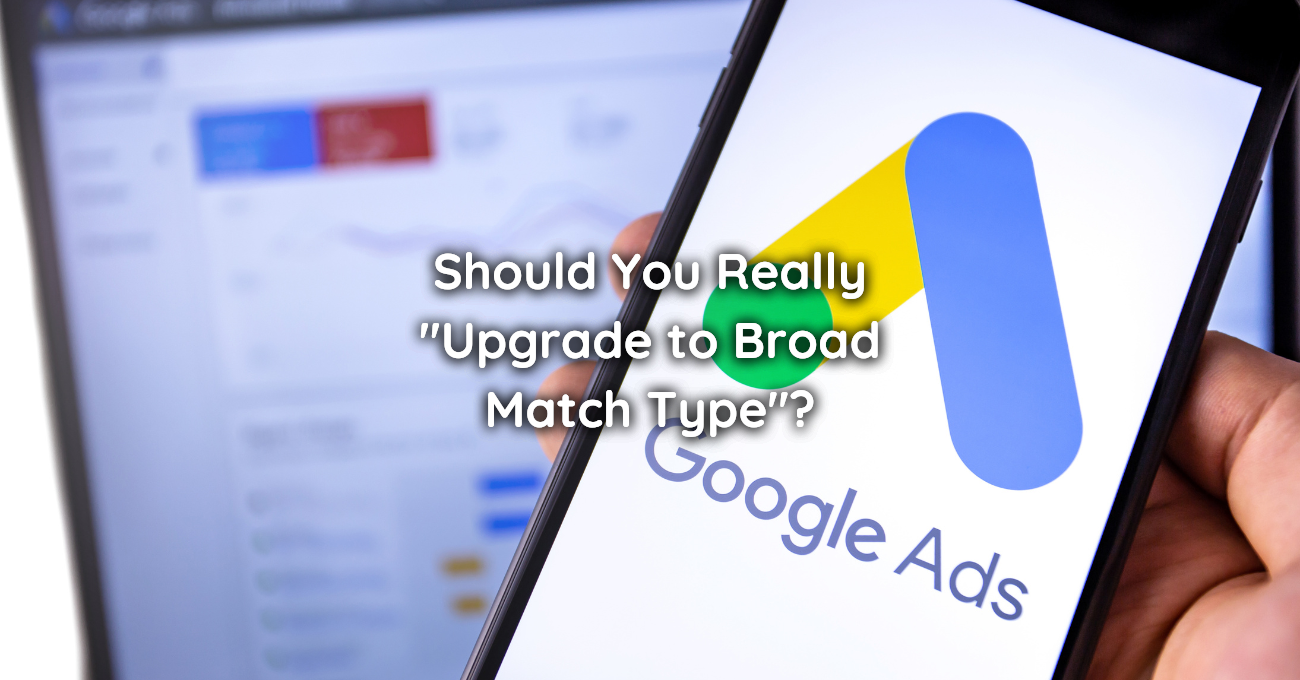How to Stop Getting Spam Leads

Fake leads are a pain point in many types of campaigns. They waste advertising budgets, and they mess up the conversion algorithm of some automated bidding strategies.
That said, there are a few easy and effective ways to fight fake and spam leads, and today we’ll review them, each with its pros and cons.
What Are Fake Leads
Fake leads are either the result of bot clicks meant to sabotage your campaigns or just made manually by users or competitors.
In some cases, especially if you offer a freebie in exchange for the users' details, they are not made by users with malicious intent but by regular users who prefer not to share their real details.
What’s The Problem With Fake and Spam Leads
Beyond being extremely annoying, fake leads can also mess with conversion-focused automated bidding strategies because they provide many fake signals that don’t really describe your clients.
If they look real, spam leads can even waste sales agents’ time and hurt their target sale rates.
How to Stop Fake Leads
There are many ways to stop fake and spam leads. Each method below would work for a different type of fake leads, so invest some time in identifying the problem before you choose a solution.
Recaptcha
Recaptcha almost became a synonym for identifying bot traffic. In the early versions, it required users to type misshaped words, but in its latest versions, it does most of the identification with the help of behavior analysis and other signals, ensuring most users won’t even know it’s running in the background, leaving the user experience unaffected.
ReCaptcha is Best For
Everybody. It integrates pretty easily into most forms and is, in most cases, completely free. One thing you should know is that it won’t stop humans from leaving fake details in your forms.
For The Best Results
Pair with offline conversions to improve lead quality.
3rd Party User Identity Verifiers
Some services, like Pipl, for example, match the actual lead details and compare them against their database to determine whether the lead details left in your form belong to a real person. It’s more expensive, but it’s really accurate in giving a definitive answer for whether the lead is real or not. Not to mention the data enrichment feature.
User Identity Verifiers are Best For
Businesses working online at a large scale and need a reliable service to determine whether a lead they receive is real in real-time.
For The Best Results
Prevent users who don’t pass the test from getting into your CRM or ask them to verify their phone number or email address.
Double Opt-in (DOI) / Phone Number Verification
Double opt-in is a method to verify the email address of a lead by sending an automated email with a link they need to click on.
Phone number verification is done by sending a 4/6 digits number to a lead’s phone number and asking them to fill it back on the page before the lead is submitted.
Lead Verification is Best For
Freebies, newsletter campaigns, giveaway submissions.
For The Best Results
Pair with another service that verifies the user first and ask for SMS or email verification only if they failed the automated test. In most cases, verifying phone numbers and emails is an awful user experience, especially if the user converted on their desktop.
Honey Pot
Honey Pot is a very old and very simple method to prevent bots from filling forms. Although it’s old and not very complex, it’s still very effective.
It works like this:
You add a field to your form, but make it invisible with CSS. This makes it invisible to humans, but since bots see it in the code, they act as if it’s visible. Most bots are designed to fill out all the fields in a form, so you can safely know that every time this field is filled, it was a bot submission and you should just ignore that submission (don’t post it to the CRM) and send the user to a fake thenk you page.
Honey Pot is Best For
Literally everyone. It’s not a service, so there are no ongoing costs other than the initial setup, which can be done together with setting up your landing page or site for the first time.
For The Best Results
Use it before you trigger additional checks, such as identity verifiers or SMS and email verifications to save costs.
Fake Clicks Prevention
Services such as ClickCease prevent fake clicks from Google Ads using IP exclusion. They are working under the (true) assumption that Google doesn’t catch all the bot clicks. I don't think it’s anywhere near the 20% they claim it to be, but I know it exists.
IP exclusion is not the most effective method, but if your campaign is spending enough, you can safely assume that your monthly cost on invalid clicks is greater than the cost of their service.
Bot Click Prevention is Best For
Businesses with above-average numbers of invalid clicks, or those working in highly competitive industries with many small competitors, such as plumbers, appliance repair technicians, locksmiths, etc…
For The Best Results
Use offline conversions and call tracking services that can report a conversion only after a certain call length.
Using Offline Conversions
Using offline conversions together with a conversion oriented automated bidding strategy, and especially, reporting conversions that are lower in the funnel, is a great way to improve lead quality whether or not you are under a fake leads attack.
By signaling Google, Facebook (or any other advertising platform) about conversions that are lower in the funnel and closer to the end goal of the campaign, you are rewarding the algorithm only for leads you have chosen and not for all of them.
You can choose to report for leads that your sales team identifies as “interested”, for those who asked for a follow-up meeting, or even just for those who picked up the phone. In any way, you won't report fake leads, so over time, you’d get fewer and fewer of them.
Offline Conversions is Best For
Businesses who start taking their online marketing efforts more seriously and want to scale up and increase their profitability, and are willing to put in the effort to set it up.
For The Best Results
Use data from your CRM to determine the ratios between leads, qualified leads, and a sale. Bid accordingly, and make sure that you optimize for down-the-funnel conversions only after you’ve tested the conversion and let the system some time to adjust.
Finishing Thoughts
Today, we learned about a few different methods to prevent fake leads and how to save money and time by dealing with them. We learned about the pros and cons of each method and which combination of methods gives us the most advantages.
If you are dealing with fake leads or want to increase the scale and profitability of your online campaigns, contact us, and we’ll be happy to help.



